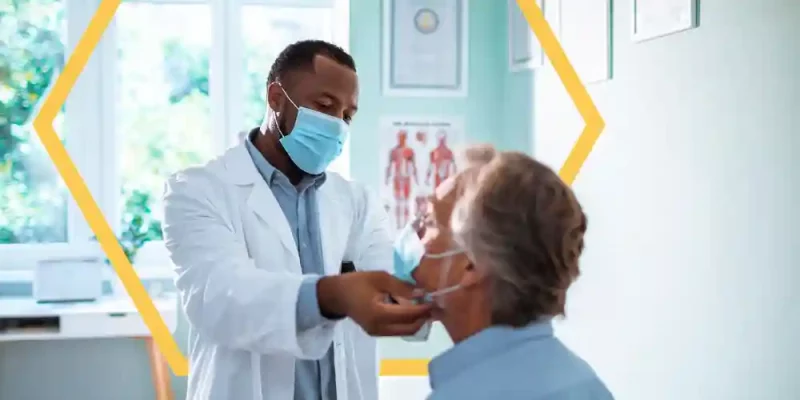Technology is one of the most important parts of healthcare, enabling medical practitioners to collect data and communicate efficiently. This helps them to improve their case management and patient outcomes.
Smart digital tools like connected inhalers and glucometers allow remote monitoring of patients’ health. This reduces unnecessary trips to the hospital and ensures that issues are promptly addressed.
1. Better Patient Care
The most obvious and important benefit of technology in healthcare is better patient care. Technological advances have brought about new machines (like MRIs), medicines, and treatments that have helped many people overcome long-term illnesses and even cure some previously incurable diseases.
New devices like connected inhalers help patients monitor their conditions more closely so that they can be proactive about treatment plans. They also help reduce missed appointments, which saves time and money for both healthcare facilities and patients.
Additionally, online tools like teleconferencing and video calls allow healthcare professionals to communicate with one another more easily. This helps to improve communication and boost collaboration between teams, which can result in faster and more accurate diagnosis and improved service delivery.
2. Better Patient Education
It’s hard to deny that technology has made an incredible impact on the healthcare industry. From powerful diagnostic imaging scanners to wearable heart monitors, medical technology has provided patients with a better understanding of their health and treatment options.
Moreover, the use of digital tools like telehealth and secure patient portals enables doctors to provide care remotely. This enables people from rural areas to receive care without having to travel long distances and miss important appointments.
In addition, enabling access to a patient’s medical history through digital systems helps physicians feel more comfortable and confident when they treat them. No more searching through cluttered patient files to find the right information. It’s now just a few clicks away with EHRs and patient portals. This also allows healthcare providers to spend less time shuffling paperwork and making phone calls, which saves costs for both parties.
3. Reduced Costs
Using technology in healthcare can help to reduce costs in several ways. For instance, it can allow patients to schedule appointments online and access test results and records with a few clicks of a mouse. It can also help to reduce paperwork by providing medical staff with the ability to send prescriptions to pharmacies electronically.
Another way that healthcare technology can reduce costs is by allowing doctors to communicate with patients remotely through telemedicine. This allows patients to consult with specialists without having to travel, which can be very beneficial for those who live in rural areas or have limited mobility.
Technology in healthcare is an essential tool that can be used to provide better patient care and improve the overall quality of life. However, it is important to remember that technology is only useful if it works correctly and does not introduce errors into the process.
4. Better Patient Outcomes
When healthcare technology is implemented correctly, it provides patients with a better experience. Instead of waiting in a room with paper files, they can access their medical records online, or even track and store data from their wearable devices with a simple click.
Modern technology can also help with diagnostics. From MRI scanners that identify tumors to smart stethoscopes that transmit real-time information about heart conditions, doctors have more tools than ever to diagnose diseases and injuries early.
Finally, healthcare tech is making it easier for patients to get the treatment they need. Cost, distance, and physical limitations are often barriers to accessing high-quality care, but telehealth and portable diagnostic tools can help eliminate those hurdles for some patients. They can even be used in emergency rooms to provide quick and effective treatment.
5. Increased Efficiency
The technology healthcare providers use streamlines processes and automates tasks to create more efficient systems for managing patient care. This enables healthcare leaders to monitor performance, identify areas for improvement and uncover ways to improve patient outcomes and experiences.
Advanced medical equipment and diagnostic tools allow doctors to more accurately diagnose illnesses, injuries and diseases. These improvements lead to faster treatment, reducing the need for invasive procedures and repeated tests.
Electronic medical records make it easy for physicians to access patients’ medical histories from any location, eliminating the need for paper files that clutter physician’s offices. However, a doctor’s ability to communicate with patients through telemedicine can sometimes feel impersonal, leading some individuals to lose touch with their health care providers. This could have a negative impact on the quality of healthcare services received.

